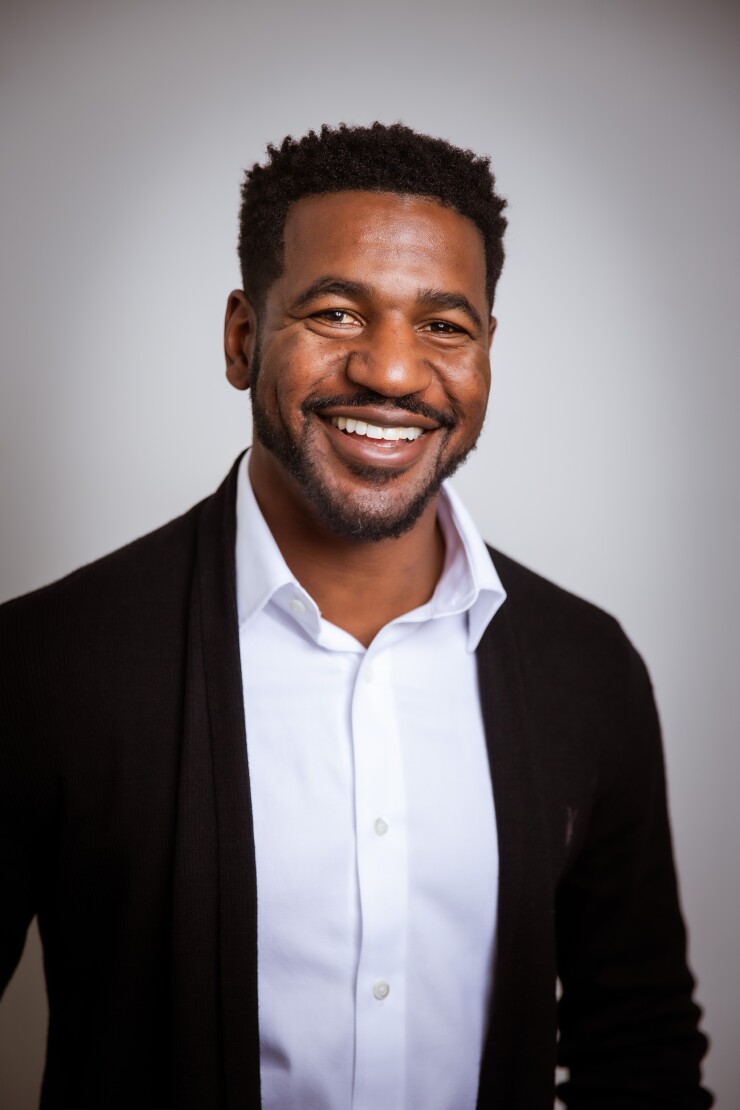With a goal of $100 million in investments, Toussaint Bailey's Uplifting Capital launched its second private asset fund focusing on generating profits and promoting sustainable impact.
Amid a backlash

The firm is trying to lead a movement of
"For us, that means really starting with the world's biggest problems. If you're looking for alpha or investment opportunities, you're looking for a big problem set," he said, noting that Uplifting has identified nine areas of impact concerning the environment, the economy and people's well-being. "You can go and look at the world's biggest problems and make a really strong investment case."
READ MORE:
Other impact funds
Investors such as Wells Fargo, Truist, UnitedHealthcare and Kaiser Permanente deployed $135 million toward reducing homelessness through the Community Solutions Large Cities Housing Fund, a social-impact private equity fund that
The potential appeal among advisors and their clients comes from being "open to hearing the whole of the opportunity" with an "understanding that the return is being measured in two ways," in terms of financial returns and impact, Foster noted in an interview. In some cases, that could mean "a little bit of a lower return for the investors," which makes it more important to be "really getting clear on what the impact is of that investment," he said.
As a data-driven nonprofit organization that is part of
Uplifting is also driving investments in affordable housing, alongside eight other areas
In the category of "people," the firm's products aim at "inclusive innovation, education and upskilling and health and wellness"; for the environmental goals, the company invests in "renewable and efficient energy, conservation and climate change and sustainable food systems"; and, in the economic realm, the funds seek to provide "financial inclusion" and small business incentives besides supporting the housing programs. As a means of identifying the potential investments, the company maintains a database of more than 1,500 private-market impact funds that enables the firm to identify, review, monitor and build portfolios.
Some examples of the impact of Uplifting's investments include a private equity buyout fund with a portfolio company that addressed its labor shortage and ramped up its production by opening employment to formerly incarcerated people, Bailey noted. Others revolve around women's health or communities that are "stigmatized by having fewer dollars" than others, he said.
"This thing could be looked at as altruism, if you're not looking at it right. It requires an opening of the aperture," Bailey said. "When you put dollars in these communities, the value that is there is unlocked, and they prove themselves to be profitable."
READ MORE:
Like many impact managers or shareholder activists who are
"Those are different animals from what we are, quite frankly," Bailey said. "In a lot of ways, we're an answer to those funds that people are running from."





